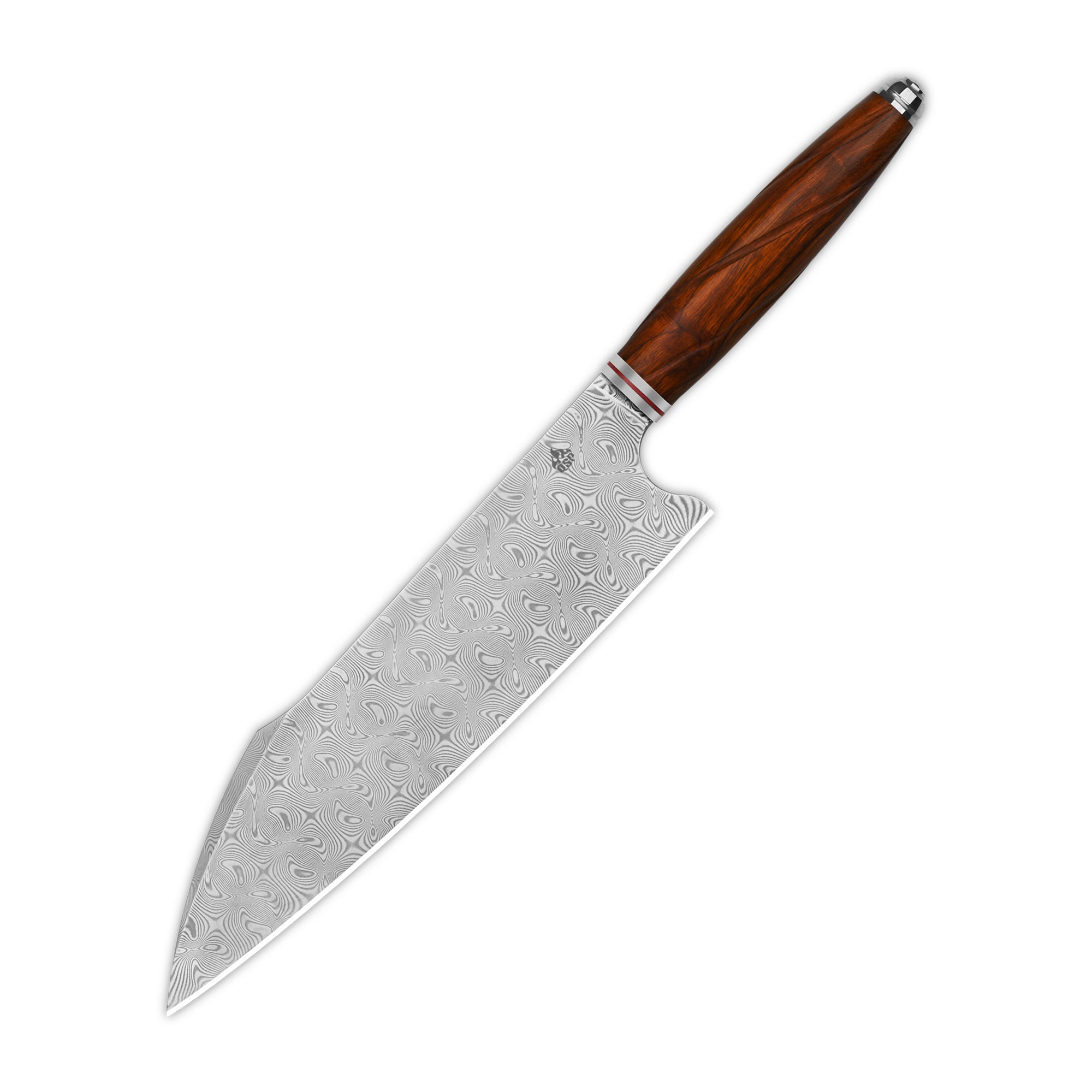Blog Information
- Publicado por : Cooper Mcburney
- Publicado en : Sep 01, 2024
- Puntos de vista : 91
- Categoría: Carros
- Descripción: The Ultimate Guide to Choosing the Right Boning Knife for Your Kitchen
Visión de conjunto
- The Ultimate Guide to Choosing the Right Boning Knife for Your Kitchen
When it comes to culinary tools, the boning knife stands out as an essential instrument for both professional chefs and home cooks alike. This specialized knife is designed to remove bones from meat, poultry, and fish with precision and ease. But how do you choose the right boning knife for your kitchen? In this guide, we will explore the key features, types, and maintenance tips to help you make an informed decision.

Understanding the Boning Knife
A boning knife typically features a narrow, flexible blade that allows for intricate cuts around bones and joints. The blade length usually ranges from 5 to 7 inches, providing the perfect balance between control and reach. But what makes a boning knife different from other kitchen knives? The answer lies in its design and functionality.
Key Features of a Boning Knife
- Blade Flexibility: A flexible blade allows for better maneuverability around bones, making it easier to achieve clean cuts.
- Sharpness: A well-honed edge is crucial for effective boning. A sharp knife reduces the effort needed and minimizes the risk of accidents.
- Handle Comfort: The handle should provide a secure grip, ensuring safety and control during use.
- Material: High-carbon stainless steel is a popular choice for its durability and resistance to rust.
Types of Boning Knives
There are several types of boning knives, each designed for specific tasks. Understanding these variations can help you select the right one for your culinary needs.
- Flexible Boning Knife: Ideal for fish and poultry, this knife offers a bendable blade that glides along bones.
- Stiff Boning Knife: Best suited for larger cuts of meat, the stiffer blade provides more control and power.
- Curved Boning Knife: The curved blade is perfect for intricate cuts, allowing for smooth transitions around joints.
Choosing the Right Boning Knife
When selecting a boning knife, consider the following factors:
- Purpose: Determine what types of meat you will be working with most often.
- Budget: Quality knives can vary significantly in price. Invest in a reputable brand for longevity.
- Personal Preference: Test different knives to find one that feels comfortable in your hand.
Maintaining Your Boning Knife
Proper maintenance is essential to ensure the longevity of your boning knife. Regularly sharpen the blade and wash it by hand to prevent damage. Storing your knife in a protective sheath or a knife block can also help maintain its edge and prevent accidents.
Conclusion
In summary, a boning knife is an invaluable tool in any kitchen, offering precision and efficiency in meat preparation. By understanding its features, types, and maintenance, you can choose the right boning knife that meets your culinary needs. Whether you are a novice cook or a seasoned chef, investing in a quality boning knife will enhance your cooking experience.
